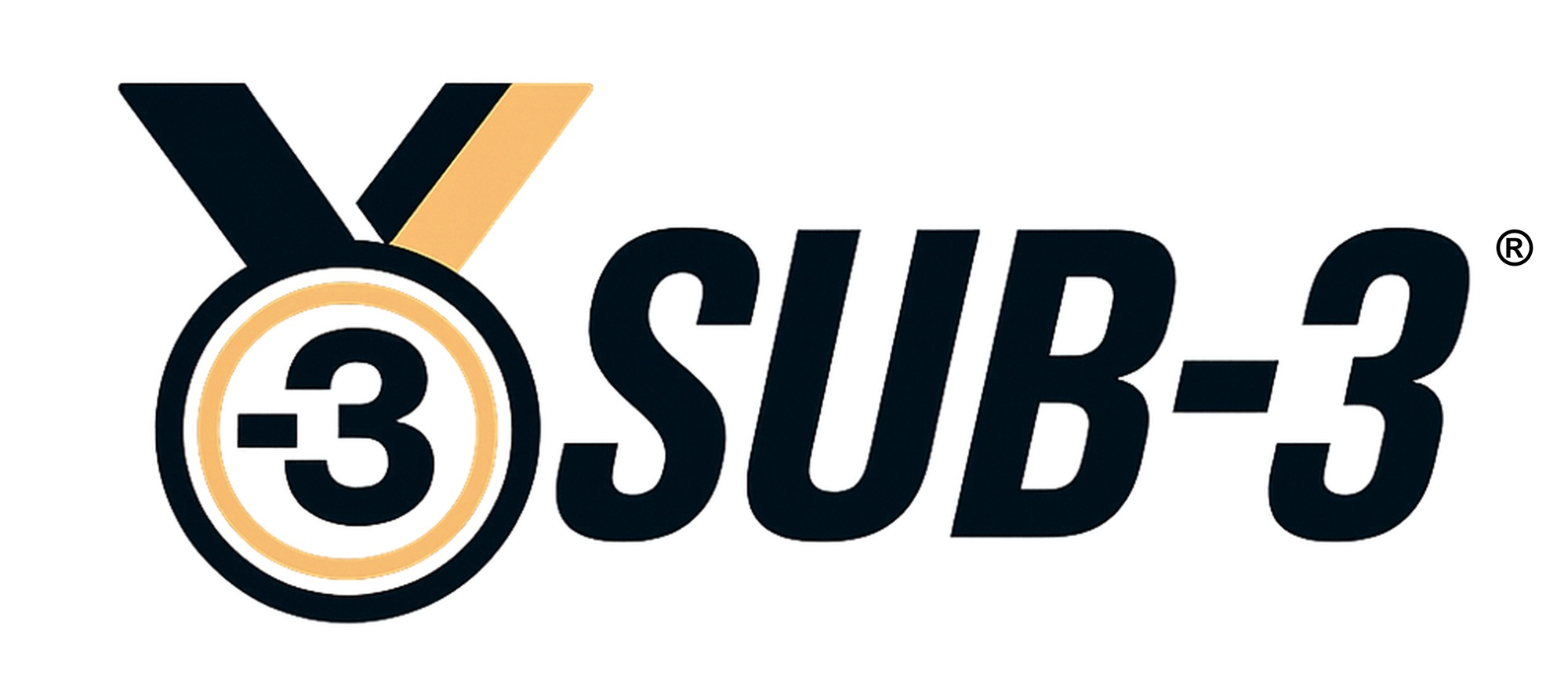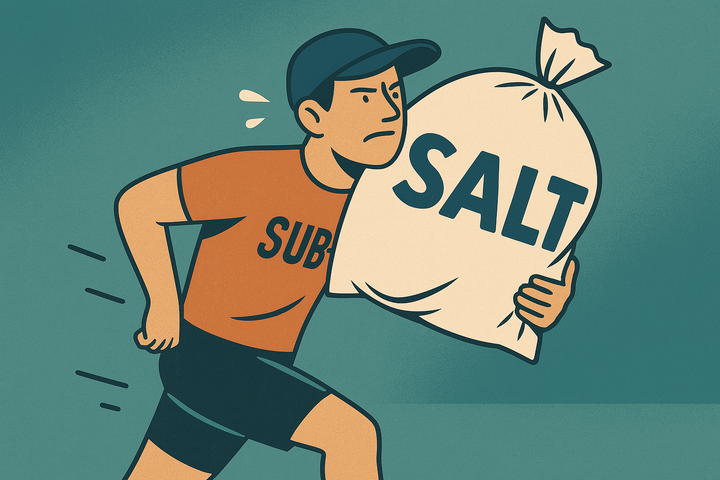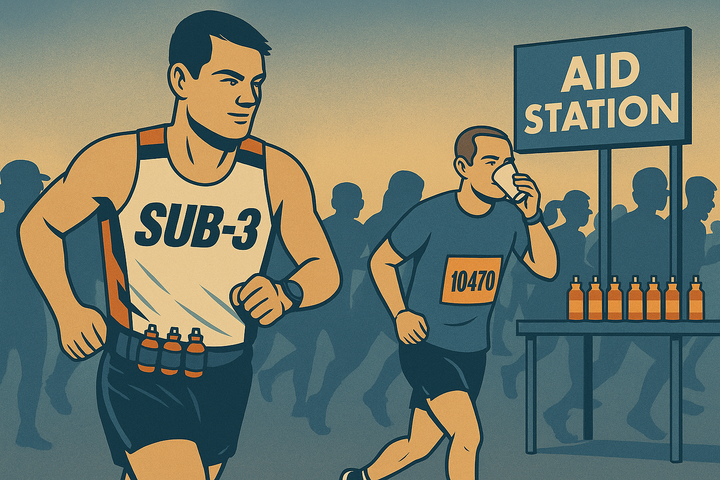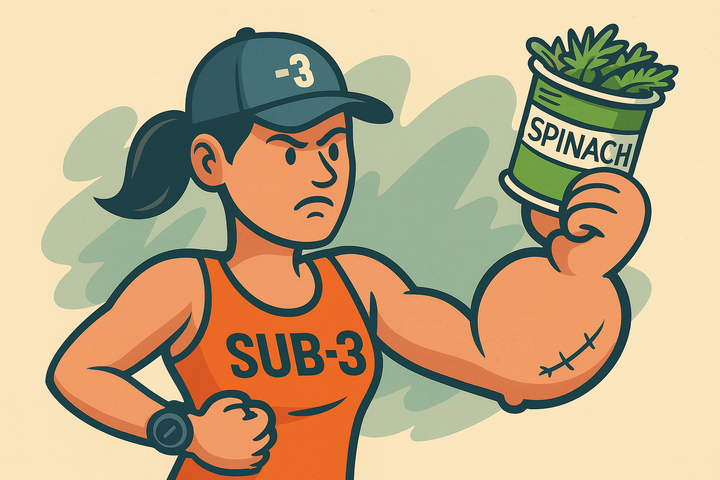What’s the best way of hydrating during a sub-3 marathon?
Hydration might seem simple, but getting it wrong can ruin your race. Here’s how to hydrate smart during a sub-3 marathon without wasting time or energy.
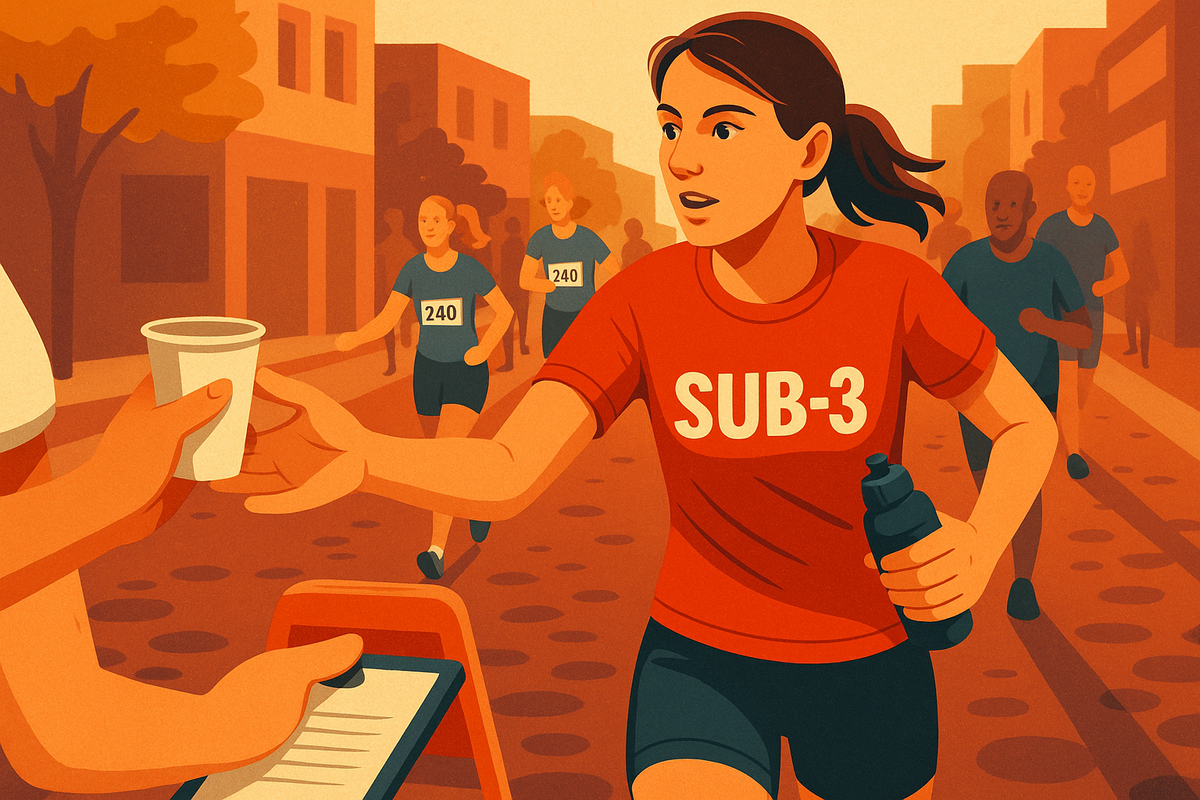
Hydration strategy might not sound like a big deal over 26.2 miles - just drink at every water station, right? - but get it wrong and you’ll know about it. In a sub-3 effort, there’s not much margin for error. You're working close to threshold for the best part of three hours, often in large crowds and unpredictable conditions. You lose water through sweat, spit, and respiration. So while hydration needs to be dialled back compared to longer events, it’s far from optional. This isn’t a 5K.
The first point is simple: make good use of the water stations. Even if you’re feeling strong early on, don’t wait until you’re parched to start thinking about fluids. At sub-3 pace, you're losing a lot of fluid through sweat, even if it’s not hot. That water loss affects blood volume, thermoregulation, and eventually performance. Even though you can lose precious seconds weaving in to get water, and it takes mental energy (and a bit of dexterity) to drink on the move, the pros outweigh the cons.
For many sub-3 runners, the real question is how to hydrate efficiently without losing rhythm. A soft flask can help. I recommend a 250ml one - small enough to hold comfortably in the hand or stash in a shorts pocket, but big enough to carry you through the gaps between stations. You can sip as and when you want, which gives you control. If you’re using gels, it also means you can rinse them down immediately, reducing the risk of stomach issues. I use High5 Aqua, which is already watery, so that extra rinse isn’t always necessary.
If you're relying on race-provided cups, pinch them into a narrow spout before drinking. This stops water sloshing out and lets you take small, steady sips. Practice this during long runs and it becomes surprisingly manageable.
Unlike ultra races - or marathons run at 4–5 hour pace - there's little risk of overhydration in a sub-3 effort. (For slower runners, it can be a real issue, and is known as hyponatremia.) At higher intensities and shorter durations, most runners are far more likely to under-drink. It’s not about guzzling litres. It’s about keeping your system ticking. Even mild dehydration can reduce performance by 2–3 percent - which is the difference between sub-3 and 3:05.
In hot conditions, hydration has another role: cooling. Water doesn’t just have to go in your mouth. At the 2025 London Marathon, I soaked my head, neck, and vest at every opportunity. The effect was immediate. Evaporation on the move works fast. You feel the heat lifting off your skin. It’s not glamorous - but it helps you get through the final 10K intact.
So what’s the best way to hydrate? Drink early, drink smart, and don’t overcomplicate it. Even if you don't feel you need it, do it anyway. A soft flask gives you flexibility. Pinching cups helps avoid chaos. And when it’s hot, pour it all over yourself. You’re not trying to look composed. You’re trying to finish strong.
Enjoyed this article? Help keep Sub-3 running — support us with a coffee.
To help fund the running of the site, Sub-3 is an Amazon Associate and earns from qualifying purchases. We only recommend gear or kit that has genuinely helped in our own running and that we believe is worth considering.
